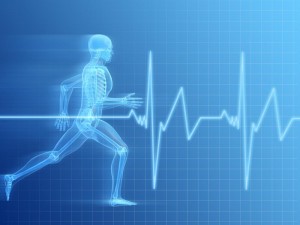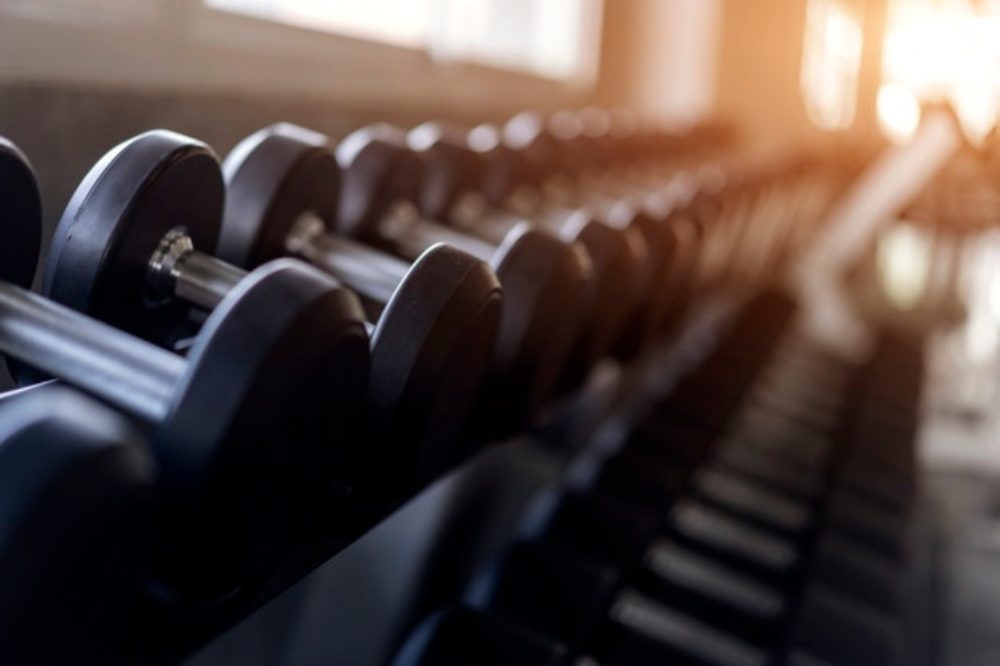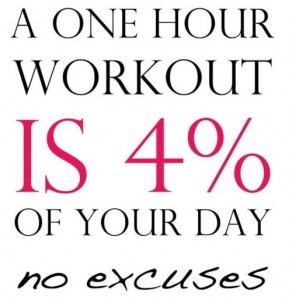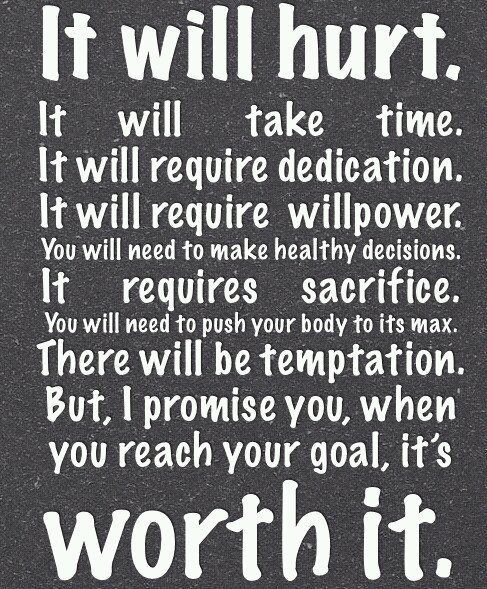 Everyone wants a body that works as great as it looks. But your workout is just part of the plan for building your best body. “What you do before or after your workout can keep you injury-free and lay the foundation for greater gains in the future,” says Steven Devor, Ph.D., a professor of exercise science at The Ohio State University. That’s why we turned to three Olympians for their best advice on how to stay pain-free and avoid watching from the sidelines.
Everyone wants a body that works as great as it looks. But your workout is just part of the plan for building your best body. “What you do before or after your workout can keep you injury-free and lay the foundation for greater gains in the future,” says Steven Devor, Ph.D., a professor of exercise science at The Ohio State University. That’s why we turned to three Olympians for their best advice on how to stay pain-free and avoid watching from the sidelines.
1) Fire Up Your Muscles
Team USA water polo captain Tony Azevedo never skips a warmup. “Before I get in that water, I’m sweating. My body is 100 percent warm,” says the 30-year-old. Azevedo’s pre-workout routine has helped make him a pool powerhouse. So powerful, in fact, that London is his fourth Olympic Games. Tony Azevedo is a master at keeping his body injury-free. A warmup is a necessary component to staying injury-free, says Devor. Think about your muscle tissue like a rubber band. A rubber band will stretch better in hot weather than cold weather, he says. That’s why you need to warm up the tissue before you put it through a rigorous workout.
However, it’s only advantageous if you perform the right type of warmup. Although it’s long been held as an injury-prevention measure, static stretching before a workout is a bad idea, he says. Try dynamic stretching instead. “You’ll get your blood flowing, activate muscle fibers, and increase your range of motion,” Devor explains. “This will prepare your muscles for almost any activity.”
Start by slowly increasing your body temperature, says Devor. Jump rope, walk or jog, or do jumping jacks for one to two minutes. Then, perform five to eight bodyweight exercises—like cross-behind lunges and sumo squat to stand—for 5 to 10 reps each. Do the movements in a circuit, completing one set of each exercise without resting. Increase your range and tempo with each repetition. (Get the latest cutting-edge bodyweight moves by signing up for our free Exercise of the Week newsletter.)
2) Put Yourself on Ice
This Olympian may bring the heat when he’s on the mat, but Jordan Burroughs turns the temperature down post-workout. To aid recovery, the 23-year-old jumps into a tub filled with 50-degree water. “The cold tub prevents swelling and muscle fatigue,” he says. You can benefit from cold or ice baths, too, says Devor. After an intense sweat session, your tendons and ligaments can become inflamed. Over time, these connective tissues—which attach muscle to bone or bone to bone—can fatigue. “That’s when injuries like plantar fasciitis, IT band syndrome, and knee pain occur,” he says.
Submerging the aggravated areas in cold or ice water like Burroughs, however, can relieve stiffness and swelling and fend off potential damage. In fact, a new review article published in The Cochrane Library found that cold-water immersion could help reduce muscle soreness between 15 and 20 percent in the 24 to 96 hours after a tough workout. Try it after your next rigorous workout. Aim for the water temperature between 54 and 59 degrees Fahrenheit. (You can always throw in some ice if you want it colder.) Then, stay in the water for 1 to 5 minutes. Too severe? Try immersing yourself for 30-second intervals to begin, suggests Devor.
3) Stop, Drop, and Foam Roll
Nastia Liukin knows what it’s like to be sidelined: The 2008 Olympic all-around champion in gymnastics has suffered an ankle injury, a shoulder injury, and most recently failed to qualify for the London Olympics. But even though you won’t see her in London, there’s still plenty you can learn from her—she is a nine-time world champion, after all. That’s why she focuses on foam rolling to increase her flexibility and keep her muscles functioning properly. “Even if you get massage therapy, you can’t always get into the same muscles that a form roller can,” says Liukin.
Let’s be honest: You probably don’t need the same amount of flexibility a female Olympic gymnast does. But you do need to foam roll, says Devor. Foam rolling loosens and smooths out fascia—a tough layer of connective tissue that encloses all of your muscles—that can become inflamed and knotted over time. “Releasing and lengthening the fascia will reduce your risk of inflammation,” he explains. “Because of that, you’ll be less likely to have an injury in that muscle.” At first, you might find foam rolling uncomfortable as you discover parts of the fascia that are tight and tender. That’s why Devor recommends starting with the softest foam roller possible and working your way up to firmer rollers as you progress. If you roll regularly, you’ll notice the muscles will become less sore with each session.
Written by Jill Yaworski in Mens Health News





